The Sales Compensation Software Market is currently characterized by a dynamic competitive landscape, driven by the increasing need for organizations to optimize their sales performance and align compensation strategies with business objectives. Key players such as Xactly (US), Varicent (CA), and Salesforce (US) are at the forefront, each adopting distinct strategies to enhance their market positioning. Xactly (US) focuses on innovation through advanced analytics and AI-driven insights, while Varicent (CA) emphasizes regional expansion and tailored solutions for diverse industries. Salesforce (US), leveraging its extensive CRM ecosystem, integrates sales compensation seamlessly into broader sales processes, thereby enhancing user experience and operational efficiency. Collectively, these strategies contribute to a competitive environment that is increasingly reliant on technological advancements and customer-centric solutions.
In terms of business tactics, companies are increasingly localizing their offerings to cater to specific market needs, optimizing their supply chains to enhance efficiency and responsiveness. The market structure appears moderately fragmented, with a mix of established players and emerging startups vying for market share. This fragmentation allows for a variety of solutions, but also intensifies competition as companies strive to differentiate themselves through unique value propositions and innovative features.
In September 2025, Xactly (US) announced a strategic partnership with a leading AI firm to enhance its predictive analytics capabilities. This move is likely to bolster Xactly's offerings, enabling clients to make data-driven decisions regarding compensation strategies. By integrating advanced AI technologies, Xactly aims to provide more accurate forecasts and insights, thereby enhancing its competitive edge in the market.
In August 2025, Varicent (CA) launched a new suite of tools designed specifically for the healthcare sector, addressing the unique challenges faced by sales teams in that industry. This strategic focus on vertical-specific solutions not only diversifies Varicent's product portfolio but also positions the company as a leader in a niche market, potentially attracting new clients seeking tailored compensation solutions.
In July 2025, Salesforce (US) unveiled enhancements to its existing compensation management platform, incorporating machine learning algorithms to automate compensation calculations. This innovation is indicative of Salesforce's commitment to digital transformation, as it seeks to streamline processes and reduce administrative burdens for sales teams. By leveraging its robust CRM capabilities, Salesforce continues to solidify its position as a comprehensive solution provider in the sales compensation domain.
As of October 2025, the competitive trends within the Sales Compensation Software Market are increasingly defined by digitalization, AI integration, and a growing emphasis on sustainability. Strategic alliances are becoming more prevalent, as companies recognize the value of collaboration in enhancing their technological capabilities and market reach. Looking ahead, it appears that competitive differentiation will increasingly pivot from traditional price-based competition to a focus on innovation, technological advancements, and the reliability of supply chains. This shift suggests that companies that prioritize these elements will likely emerge as leaders in the evolving landscape.


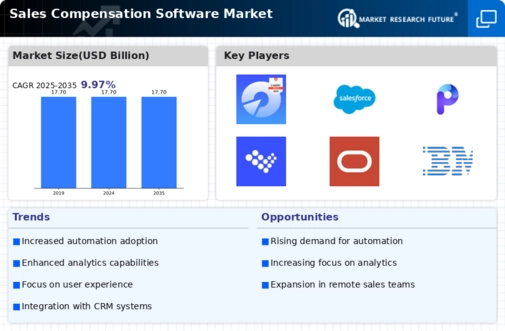
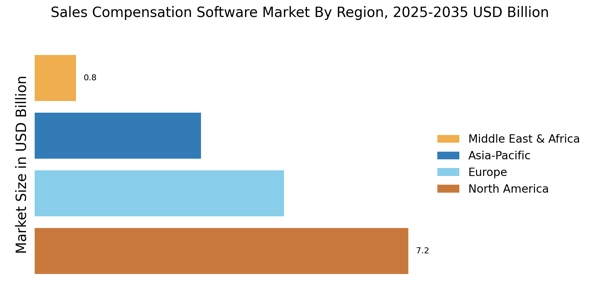
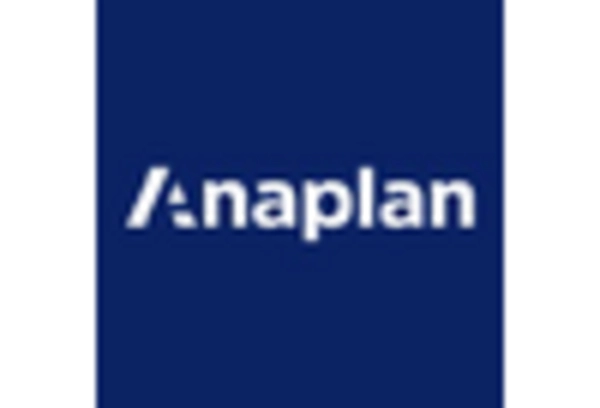



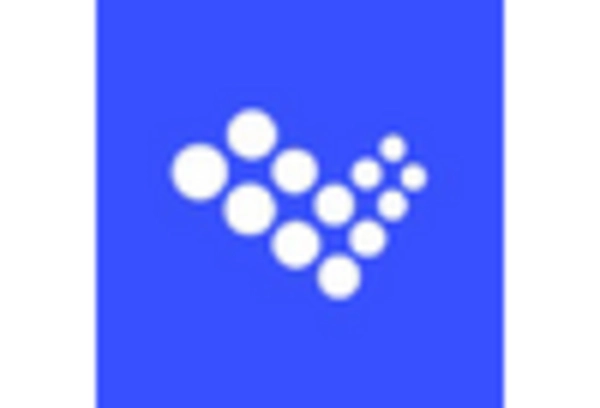
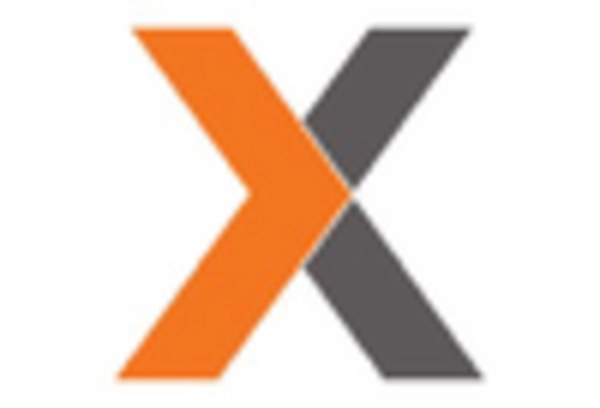








Leave a Comment